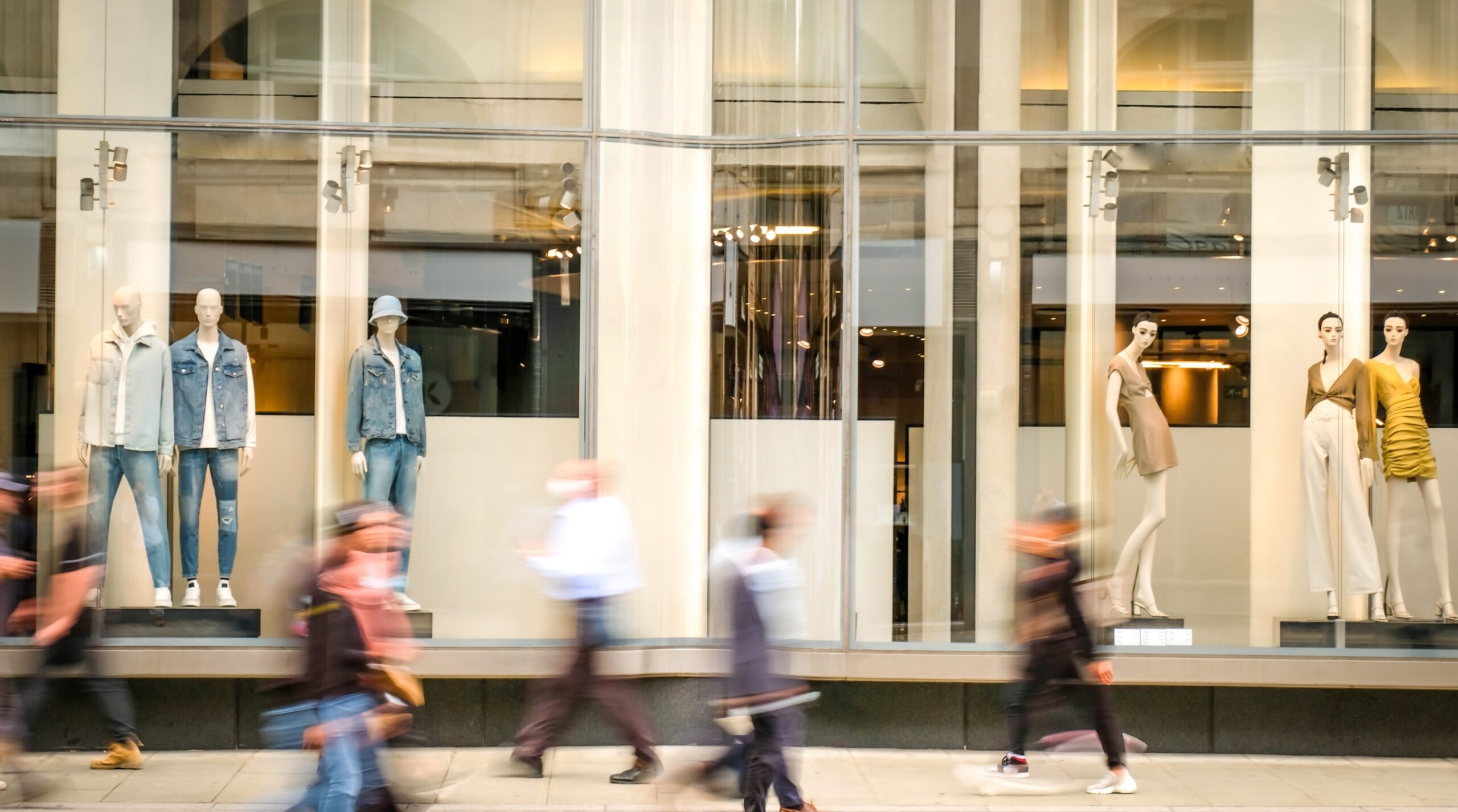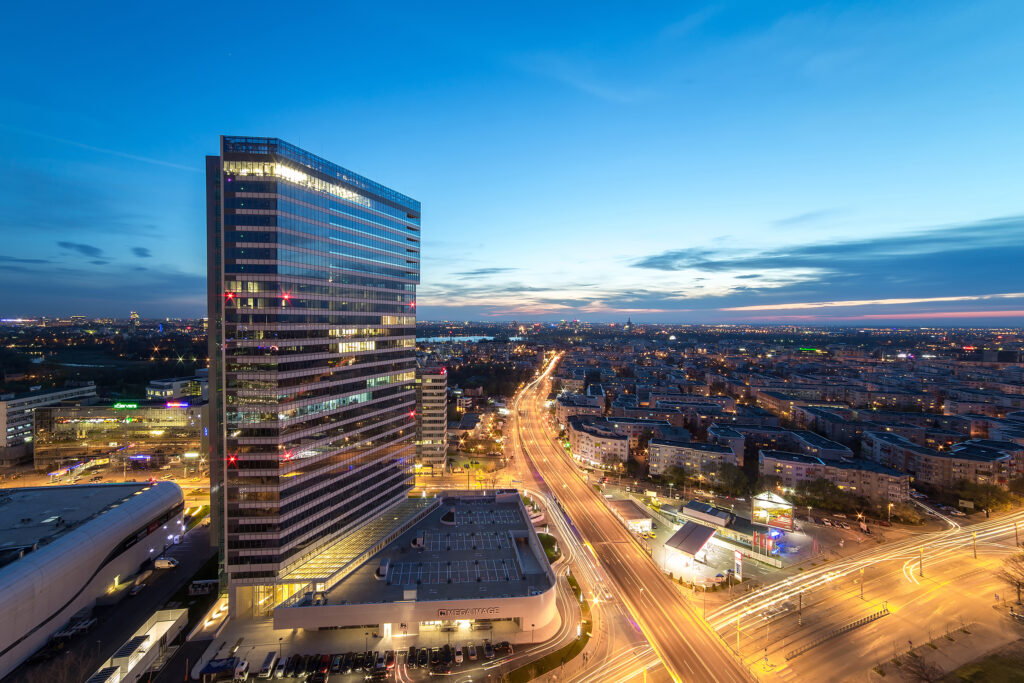WAYPOINT 2025
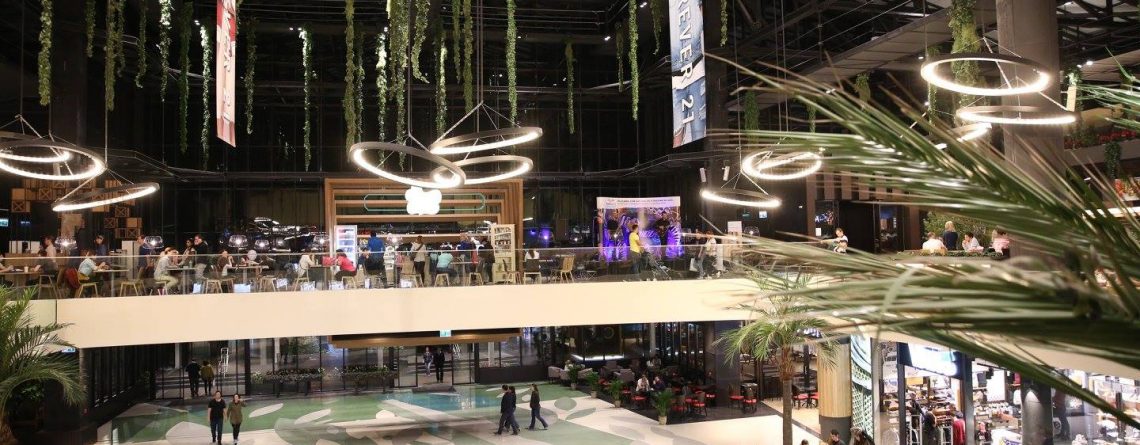
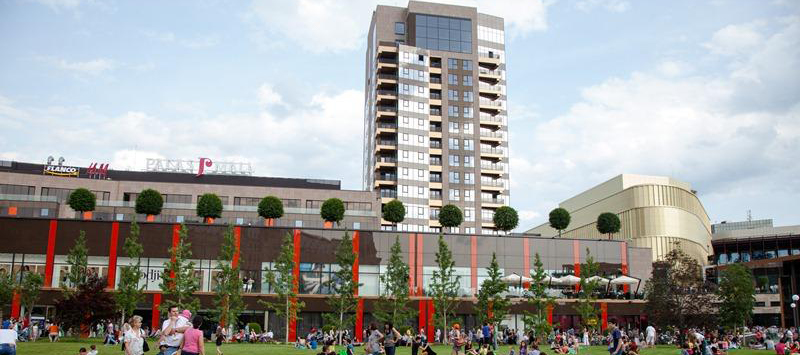
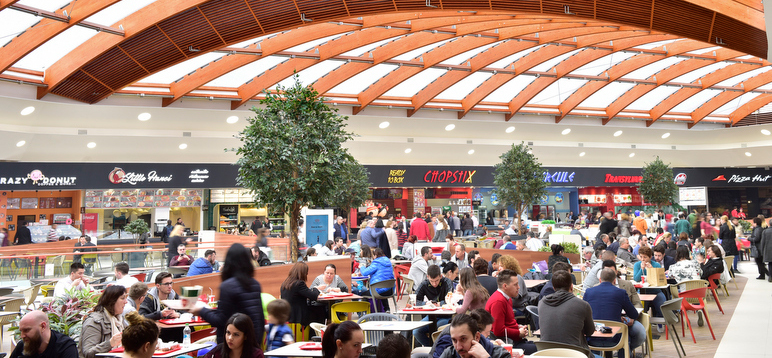
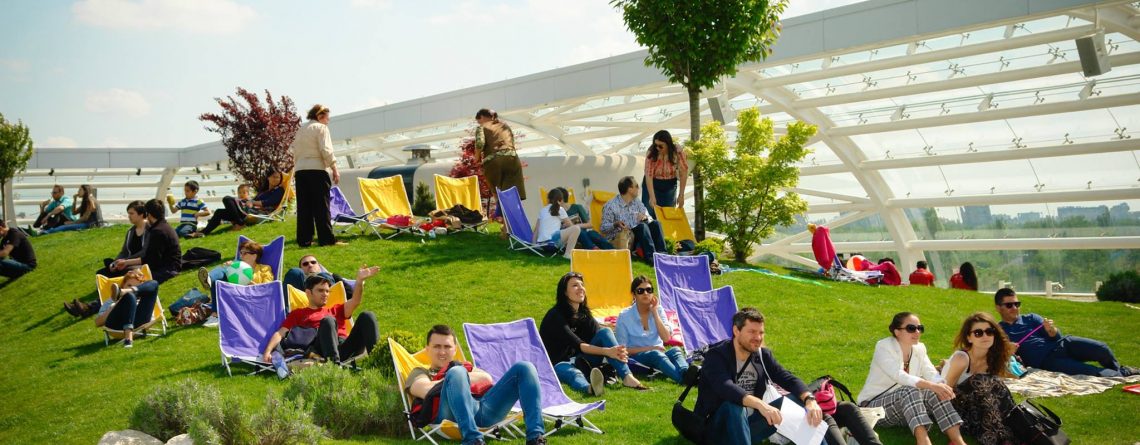
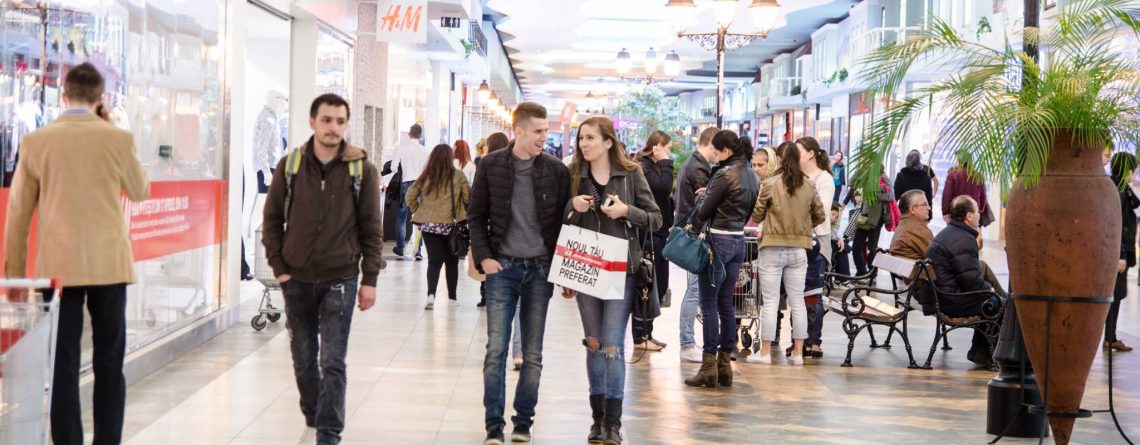
“The photos that reveal the end of the shopping centers” and “the retail apocalypse is underway in the US” are just two of the messages that have been promoted lately in the local media, raising questions and comments on the future of the Romanian retail in general and of the shopping malls in particular.
“The European retail market is largely saturated,” as Jan Kotrbacek, Partner Cushman & Wakefield, head of retail department in Central and Eastern Europe points out, arguing that investor attention is focused primarily on optimizing and redeveloping existing projects.
In Romania, economists are worried about the alarming consumption growth of 13.7% in 2016 and by 10.7% in 2017, but, at the same time, everybody is putting on a long face on an Euromonitor statistic that places Romania on the last place in Europe when it comes to shampoo consumption, with an average spending of € 4 per capita per year, and examples like this can continue.
Consumption in Romania is rising and it will continue to grow as the difference between local productivity and the ones of the Western European markets does not justify the current wage gaps. It is expected that this gap in wages and purchasing power will continue to reduce, being conditioned by the avoidance of the major political, legislative and fiscal slippages.
Online commerce is expanding and gaining market share both in the Western markets and in Romania, benefiting from the massive expansion of high-speed Internet and the evolution of smart applications and devices. However, the online commerce will never be able to completely replace the physical store that offers a multisensory experience, also causing a social action in which you can see and be seen, smile and be smiled back.
In an article published at the end of January, Bloomberg quotes a recent survey according to which 70% of American millennials (generations born in the ’80s and ’90s) prefer shopping in physical stores rather than online, which is why market giants such as Amazon or Alibaba decided to invest billions of dollars in physical stores: Amazon bought the Whole Foods network in 2017 with over 460 stores in the United States, while Alibaba bought a chain of 29 department stores and 17 shopping centers last year, while also investing in the largest hypermarket chain in China.
A particularity of the local real estate market is represented by the extremely low share of high street retail, both in Bucharest and in the other large cities. The refurbished area of the „Old City Center” in Bucharest has been outlined in recent years as an important pole for cafes and restaurants, while retailers such as H&M or Koton who chose to bet on properties in the area didn’t manage to attract other names to create a critical mass. This was the result of the lack of adequate space on one hand and, on the other hand, by the high footfall volatiliy caused by the weather conditions, as the temperatures in Bucharest can vary between -15-20 degrees in winter and + 40 degrees during the summer.
The „Piata Dorobanti” area groups several luxury brands, as well as Calea Victoriei, while the rest of the boulevards are full of betting houses, banks, pharmacies, supermarkets and so on. The situation is not much different either in Brasov or Sibiu, cities with well-maintained historical centers and pedestrian areas, but where few international retailers decided to open stores.
Under those conditions, the Romanian shopping malls that have been developed based on the correct principles in terms of location, size, construction quality and layout and which are managed efficiently and proactively, are the most powerful magnet for local consumers, being both a shopping and leisure destination.
The tenant and function mixes are undergoing constant evolutions. You can pick up your passport at Plaza Romania and you can enter the Museum of Senses at AFI Cotroceni. Cinemas and indoor playgrounds for children are mostly located in shopping centers, and large fitness halls with semi-olympic pools have found spaces inside the malls.
The shopping malls that have been closed in Romania suffered from a combination of factors, the main one being location. The second most important factor is the existing or new competition in the catchment area, which resulted in the survival of the better placed mall in relation to the clients’ needs. In conclusion, as long as a shopping center is easily accessible and as long it prioritises its clients’ needs, the so-called „apocalypse” of the local malls will be postponed.
Research Consultant C&W Echinox
Cristi Moga joined C&W Echinox in October 2015, after a 10 years career as a real estate journalist for Ziarul Financiar, the most prestigious business newspaper in Romania. As a journalist, Cristi published more than 5,000 articles (news, analysis and interviews) about real estate. Since he joined C&W, Cristi focused on research and analysis in retail, residential and office segments.





